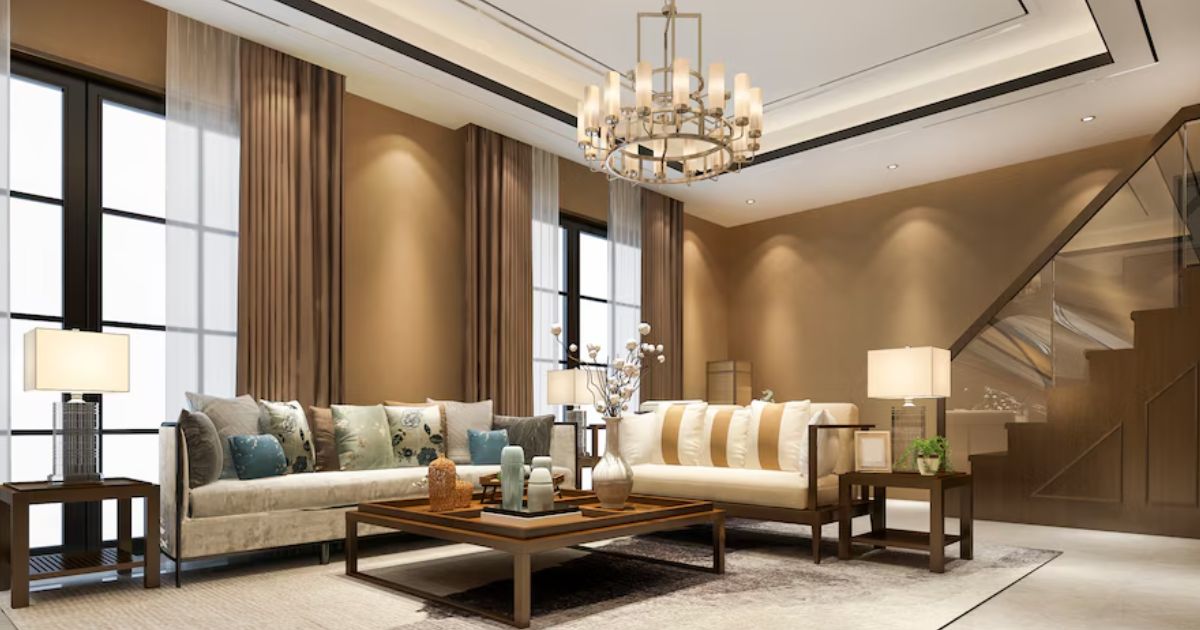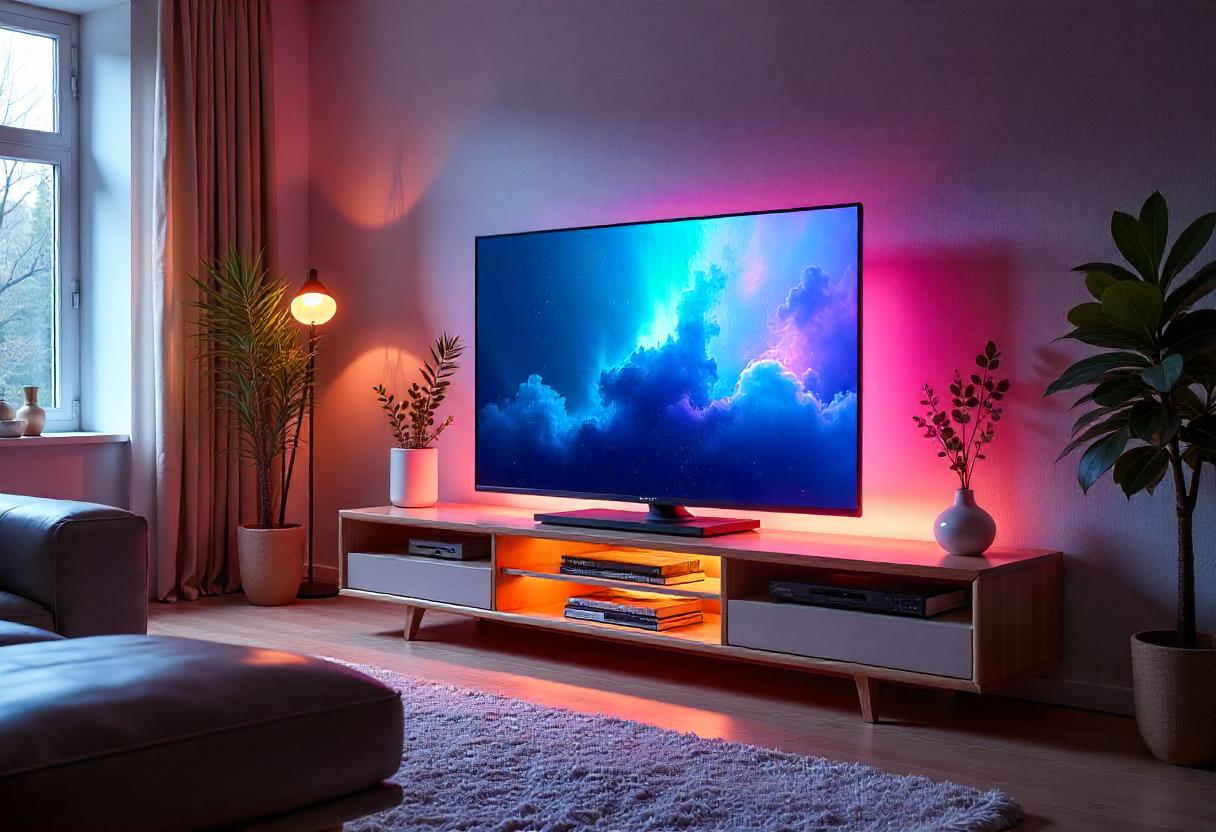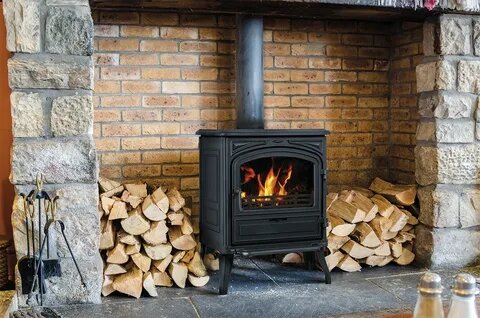Home interior designers in Chennai have recognized that sustainable interior design has gained immense popularity as environmental concerns continue to shape how we live, work, and interact with our surroundings. Embracing eco-friendly materials and practices in interior design goes beyond simply following a trend; it’s about creating spaces that respect the environment while enhancing quality of life. By carefully selecting sustainable materials, reducing waste, and incorporating energy-efficient practices, interior designers can help create beautiful, functional spaces with a lower ecological impact. Here, we’ll explore how sustainable interior design can be achieved and the benefits of adopting eco-friendly materials and practices.
1. Understanding Sustainable Interior Design
Sustainable interior design involves creating interiors that minimize environmental impact, reduce energy consumption, and promote the health of occupants. It prioritizes the use of materials that are sustainably sourced, non-toxic, and recyclable or biodegradable. Sustainable design also encompasses energy-efficient systems, responsible waste management, and an emphasis on quality over quantity. By integrating these practices, interior designers help ensure that spaces contribute positively to the environment rather than deplete it.
2. Choosing Eco-Friendly Materials
One of the key components of sustainable interior design is the selection of eco-friendly materials. These materials are often chosen based on their sustainability, durability, and impact on indoor air quality. Some popular eco-friendly materials in sustainable interior design include:
- Bamboo: Bamboo is a highly renewable resource that grows quickly and requires minimal water and pesticides. Known for its strength and durability, bamboo is commonly used for flooring, furniture, and decorative elements.
- Recycled Wood: Recycled or reclaimed wood comes from sources like old barns, factories, or shipping pallets. This option prevents deforestation and gives a second life to materials that would otherwise be discarded.
- Cork: Cork is another renewable material harvested from the bark of cork oak trees. Since the bark regenerates, it doesn’t harm the tree. Cork is versatile, being used in flooring, wall coverings, and even furniture.
- Recycled Metal: Recycled metals, such as aluminum and steel, reduce the need for mining and new material production. They are durable, versatile, and can be used for lighting fixtures, furniture, and structural elements.
- Natural Stone: Stone is a long-lasting material that doesn’t require significant processing, making it an eco-friendly choice. Opting for local stone also reduces transportation-related emissions.
- Linoleum: Unlike vinyl flooring, which is made from synthetic materials, linoleum is a biodegradable product made from natural materials like linseed oil, cork powder, and wood flour. It’s durable, easy to maintain, and comes in a wide variety of colors and patterns.
3. Low-VOC Paints and Finishes
Many traditional paints, adhesives, and finishes contain volatile organic compounds (VOCs) that can be harmful to indoor air quality and the health of occupants. These chemicals are released into the air and can cause respiratory issues, headaches, and other health problems. Low-VOC or zero-VOC paints and finishes minimize these emissions, making them a healthier choice for sustainable interior design. These options come in a variety of colors and finishes, offering flexibility without compromising air quality.
4. Energy-Efficient Lighting and Appliances
Energy consumption is a significant component of sustainable interior design. By choosing energy-efficient lighting and appliances, designers can help reduce a building’s carbon footprint. Some popular energy-saving options include:
- LED Lighting: LED bulbs use significantly less energy than traditional incandescent or fluorescent bulbs and have a longer lifespan. They also generate less heat, reducing the need for air conditioning and improving overall energy efficiency.
- Energy Star Appliances: Appliances with the Energy Star certification consume less energy and water than standard models. Using these appliances in kitchens, laundry rooms, and other areas can substantially reduce energy consumption.
- Smart Lighting and Thermostats: Smart lighting systems allow users to control lights remotely and set schedules to reduce unnecessary energy use. Smart thermostats also optimize heating and cooling systems, further reducing energy costs.
5. Sustainable Furniture and Decor
Furniture and decor are essential aspects of any interior design, but choosing sustainable options can make a big difference in the overall environmental impact. Here are some ways to incorporate eco-friendly choices in furniture and decor:
- Reclaimed or Upcycled Furniture: Furniture made from reclaimed materials or upcycled pieces not only reduces waste but also adds unique character to spaces. For instance, reclaimed wood tables, vintage chairs, or upcycled shelving units can bring a sense of history and personality.
- Certified Wood: When choosing new wood furniture, look for items with certification from organizations like the Forest Stewardship Council (FSC), which ensures the wood is harvested responsibly.
- Natural Fabrics: Upholstery and fabrics made from organic cotton, linen, hemp, or wool are more sustainable than synthetic options, which are often petroleum-based. These natural fibers are biodegradable, renewable, and typically free from harmful chemicals.
- Secondhand Decor: Buying secondhand decor items reduces demand for new production and prevents items from ending up in landfills. Vintage pieces, thrifted art, or antique accents add character and help create a sustainable design.
6. Indoor Plants and Biophilic Design
Biophilic design incorporates natural elements, like indoor plants, into interior spaces. Indoor plants not only improve air quality but also enhance mental well-being by creating a connection with nature. Popular indoor plants, such as snake plants, peace lilies, and spider plants, are excellent for air purification and require minimal maintenance. Green walls or vertical gardens add a striking visual element while contributing to better indoor air quality and insulation.
In addition to plants, biophilic design can involve the use of natural materials, organic shapes, and natural lighting to foster a calming environment that feels connected to nature.
7. Waste Reduction and Recycling
Waste reduction is crucial in sustainable interior design, especially during the construction and renovation phases. Some effective strategies include:
- Deconstruction vs. Demolition: Instead of demolishing old spaces, deconstruction carefully dismantles them, allowing materials like bricks, tiles, and wood to be reused or recycled.
- Modular Design: Modular furniture and decor can be rearranged, reconfigured, or expanded over time, reducing the need for replacement. This approach extends the lifespan of furnishings and allows for flexible, adaptable spaces.
- Recycling Programs: Implementing recycling programs in both residential and commercial spaces encourages the responsible disposal of materials, ensuring that paper, plastics, and metals are repurposed rather than wasted.
8. Water Conservation
Water conservation is another important aspect of sustainable design, especially in regions where water scarcity is an issue. By integrating water-saving fixtures and systems, interior designers can help reduce water usage without compromising functionality. Common water-saving solutions include:
- Low-Flow Faucets and Showerheads: These fixtures reduce water usage without sacrificing water pressure, making them a simple yet effective way to conserve water.
- Dual-Flush Toilets: Dual-flush toilets provide options for different levels of water use, reducing the amount of water needed for flushing.
- Rainwater Harvesting: In larger projects, rainwater harvesting systems can collect rainwater for non-potable uses, like irrigation or flushing toilets, significantly reducing water consumption.
9. Locally Sourced Materials
Transportation contributes to the environmental impact of materials, so using locally sourced materials can be a more sustainable choice. Sourcing materials like stone, wood, or textiles from local suppliers reduces emissions from transportation, supports local economies, and often provides a stronger connection to the area’s heritage and culture. For example, using locally quarried stone or regionally crafted furniture can create a unique aesthetic while reducing the project’s carbon footprint.
Conclusion
Best Interior Designers in Chennai understand that sustainable interior design is not just a trend—it’s a necessity in today’s world. By using eco-friendly materials, reducing waste, and implementing energy-efficient systems, designers can create interiors that are both beautiful and environmentally responsible. Incorporating sustainable practices into design not only conserves resources but also promotes healthier indoor environments for occupants. Through careful selection of materials, innovative design, and a commitment to sustainability, interior designers can play a pivotal role in shaping a greener, more eco-friendly future.
As we move forward, it’s essential to embrace sustainable design practices in both residential and commercial spaces. Whether it’s by choosing reclaimed wood, opting for energy-efficient lighting, or integrating biophilic elements, there are numerous ways to make interiors more sustainable. By prioritizing eco-friendly choices in interior design, we can create spaces that not only inspire but also contribute positively to our planet and our well-being.




